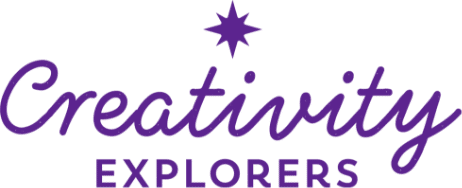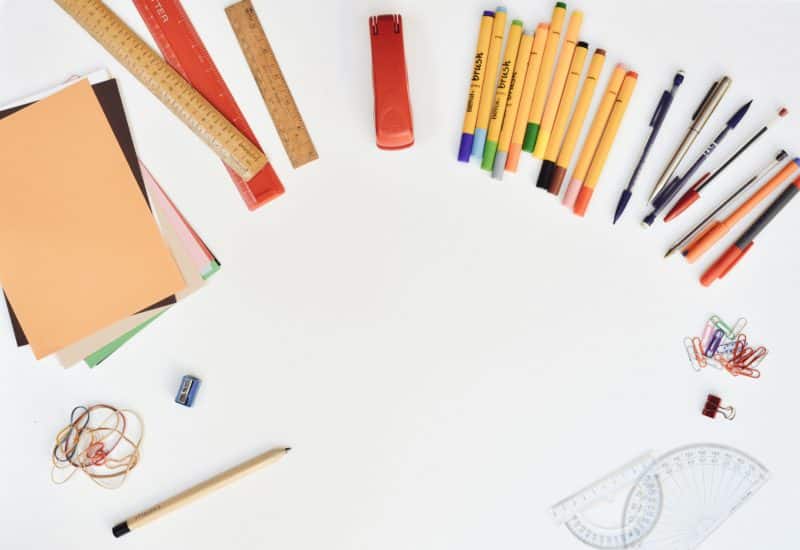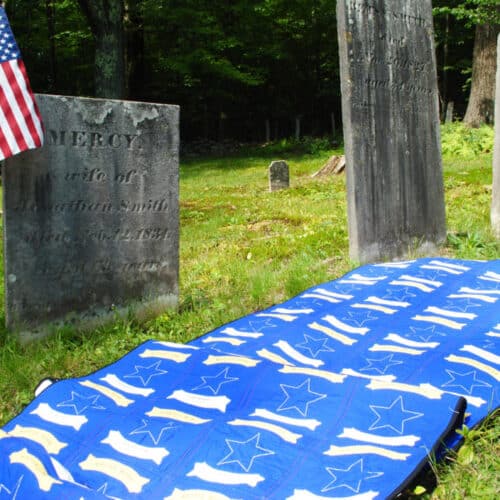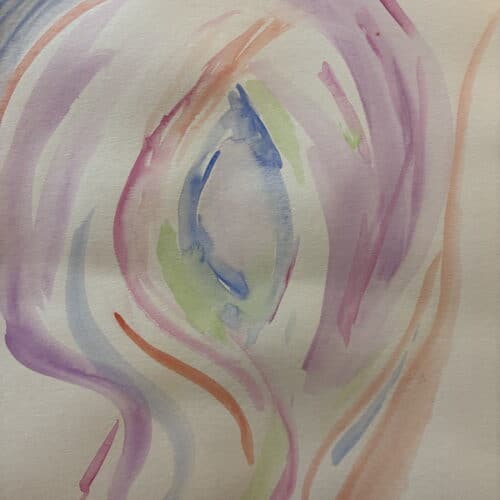In an episode of the Creativity Habit podcast that I was listening to recently, the host Daphne Cohn asked artist and author of The Creative Sandbox Way Melissa Dinwiddie about facing the fear of the blank page. Melissa answered that the best thing is to just make a mark, any mark. That’s good advice, but the response I gave in my head to Daphne’s question was “Do something else.”
The fear of the blank page is real and based on my non-scientific observations, it seems to arise around age six. In Kindergarten and before, my daughter had no trouble facing blank pages. For her, a blank page was simply an opportunity to put something on it. But now as a first-grader, she has started to say things like “I can’t draw” or “I don’t know what to put on it” and it can take some coaxing to get her to make a mark.
This fear that creeps in during our single-digit years only gets worse with age until it becomes “Blank Page Paralysis” later in life. At that stage, the challenge of making any mark at all just intensifies and this is when Creative Play™ can be beneficial. But, to get the best results, I think that you have to turn away from the canvas, the sewing machine, or whatever tool you normally use and do something completely different. If you have no experience with watercolors, for example, you start out a little freer because your expectations are incredibly low. Because you expect to create a mess that no one will ever see, it’s a little easier to make that first mark and push through the “Blank Page Paralysis.” Because you don’t expect to be any good at all, it’s easier to tap into that creative freedom you had as a five year old. And, after 15 minutes of slopping paint on paper, you might have loosened up just enough to face that blank canvas and make a mark for real.




